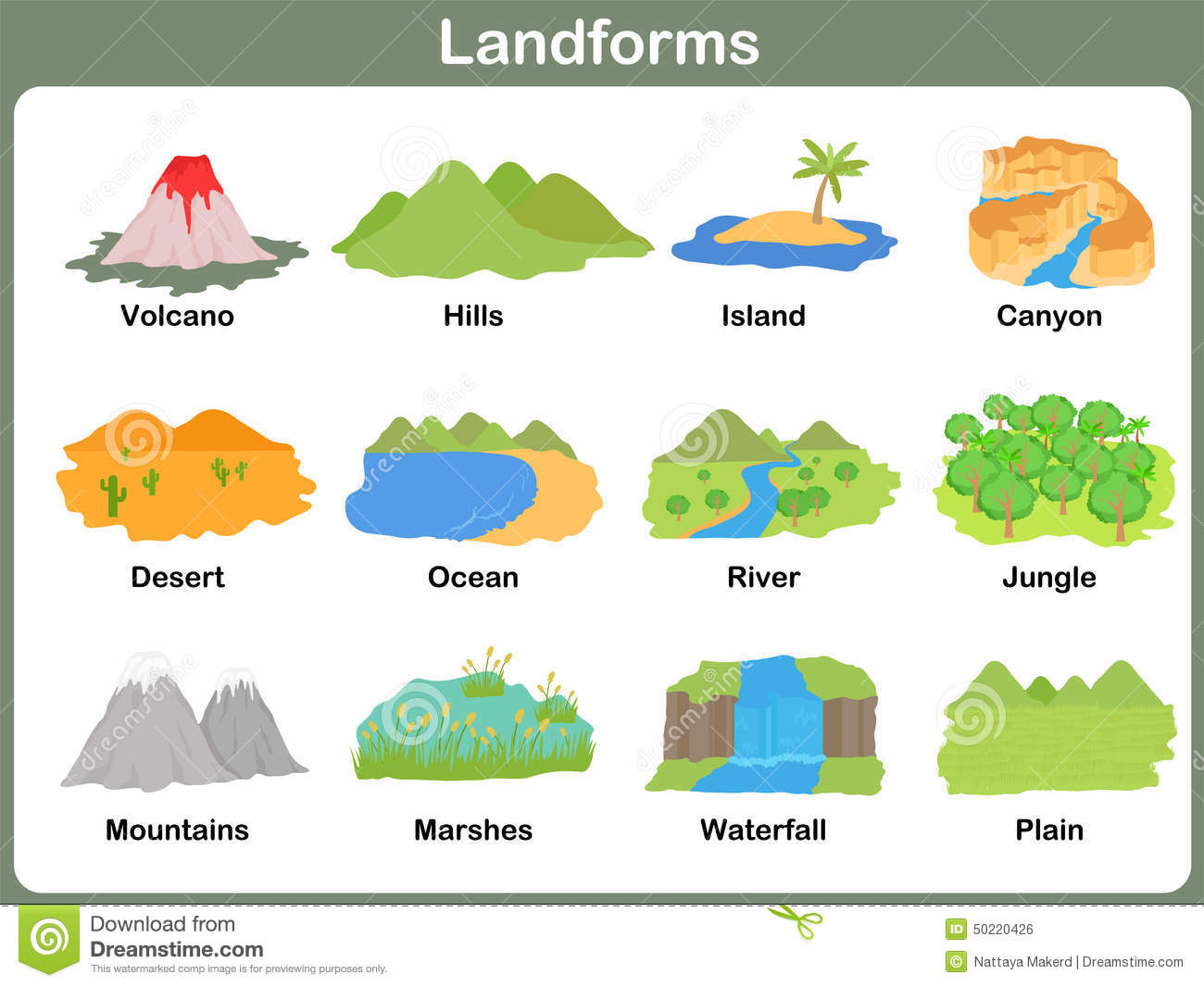Evolution of landforms
The earth surface does not have a regular shape in some places it is rugged while in other places it is undulating. Landforms are defined as specific features that appear on the surface of the earth. Some examples are mountains, plains, plateaus, valleys and hills. What is responsible for the formation of these landforms are the forces that work internally and externally on the Earth's surface.

Credit
Two forces are responsible for producing the major landforms and the unevenness of the earth surface. these are:
- Internal forces, otherwise known as tectonic forces or forces of diastrophism. These are forces acting underneath the surface to produce structural changes in the rocks.
- External forces, refer to forces acting on the surface of the earth to reshape it.
Even where the land is level, some of these forces are also responsible for its being level. They act all the time.
Internal forces
Internal forces compress, tear, shatter, tilt, twist, fracture and dislocate the earth crust in many ways. This forces might be horizontal or vertical. Horizontal forces are either tensional forces when they pull apart, or compressional forces, when they pull towards each other. The forces disfigure the earth crust in many ways:
- Compressional forces give rise to folding or wrinkling of the rocks
- Both forces can in faulting or permanent fracturing of the rock in down warping or broad sagging or arching of the earth crust.
- Vertical forces sometimes push molten rocks called magma midway or all the way to the surface in a process called volcanicity or cause the earth crust to tremble in earthquakes.
External
Once the internal forces produce the landforms, external forces start to modify or reshape their surface immediately. We know more about these forces because we see them act on the surface. They are:
- Forces of erosion, which causes pieces of rocks to decay or weather and tear off from their parent rock.
- Forces of transportation, which carry these eroded material away to another location.
- Forces of deposition,which cause the materials to be deposited in the new location.
The forces of erosion and denudation together is known as denudation and those of deposition are generated by certain factors or agents. These include changes of temperature, running water, winds, ocean wave and glaciers. These factors are called agents of denudation and deposition.

Reference
http://www.tutorialsolutions.com/esWEDNotes.htm
https://sciencing.com/forces-cause-landforms-8126393.html
http://www.geographynotes.com/earth/crust/forces-affecting-the-crust-of-the-earth-geography/2172
http://w3.salemstate.edu/~lhanson/gls210/gls210_struct.htm
You received a 10.0% upvote since you are not yet a member of geopolis.
To read more about us and what we do, click here.
https://steemit.com/geopolis/@geopolis/geopolis-the-community-for-global-sciences-update-3
If you do not want us to upvote and comment on your posts concerning earth and earth sciences, please reply stop to this comment and we will no longer bother you with our love ❤️
This is excellent information. Internal forces are so intense they can cause serious natural disasters like Earthquakes and Tsunamis. Maybe in the future, scientists would work out solutions to tectonic activities. Excellent post, thanks for sharing.
there is no solution to earth quake, you can only mitigate or prepare for it to happen.
We get sink hole where I live and it is like a tear in the ground that has opened up a certain area. Also hurricanes can change the land pretty quickly.